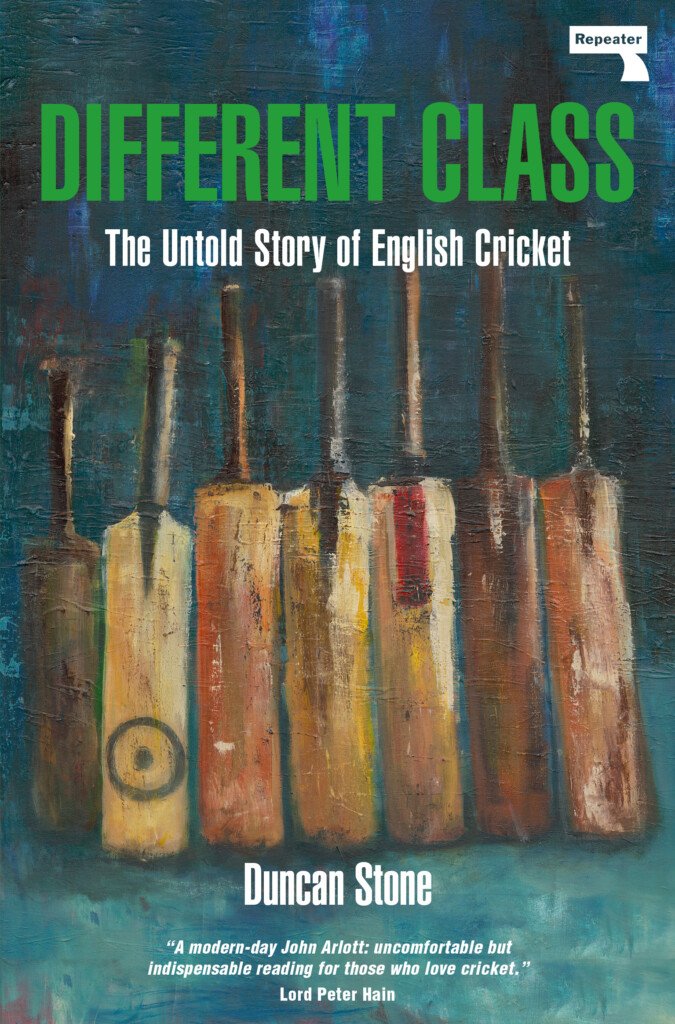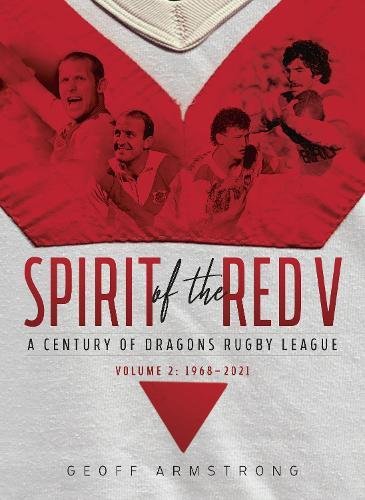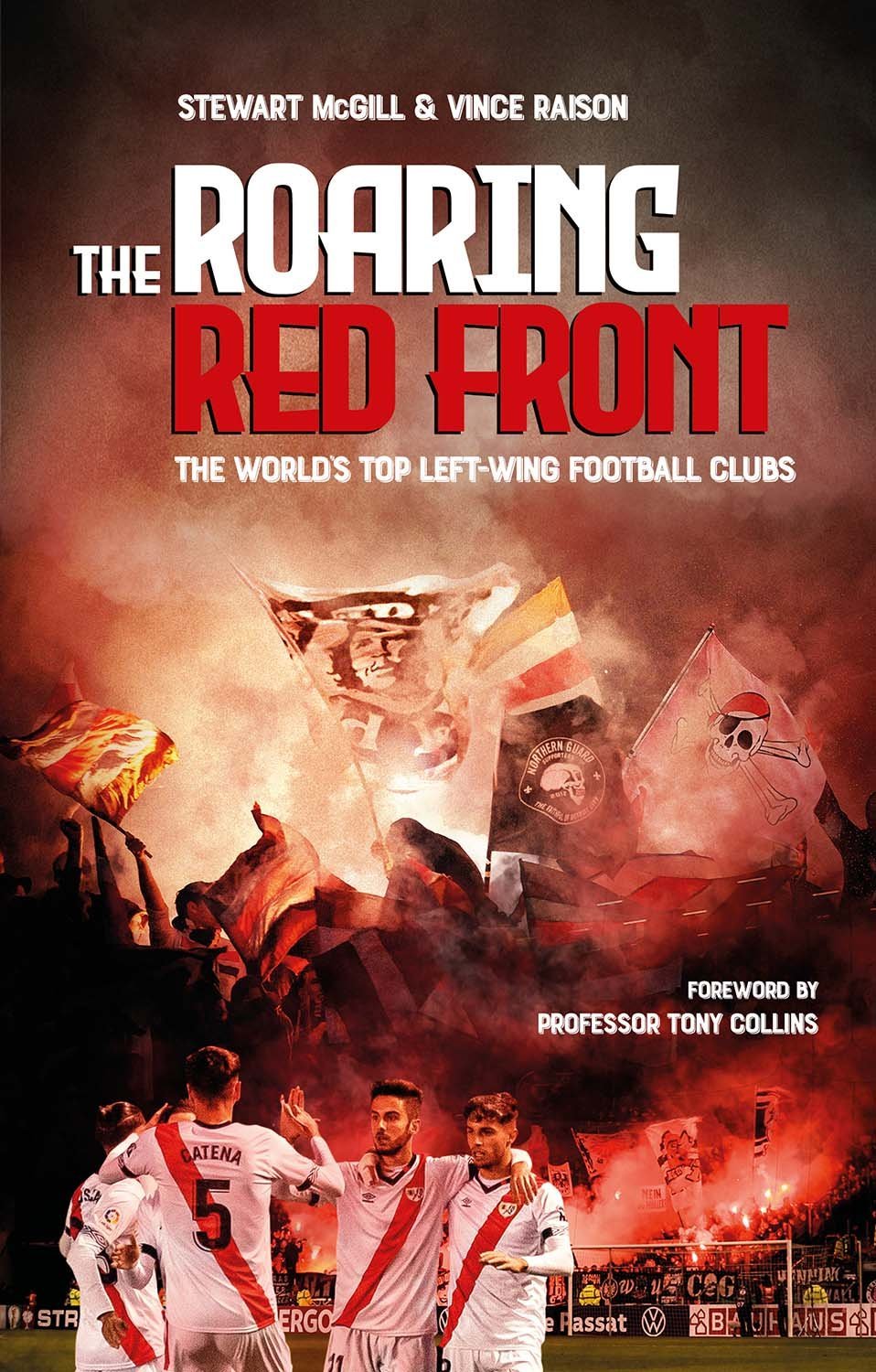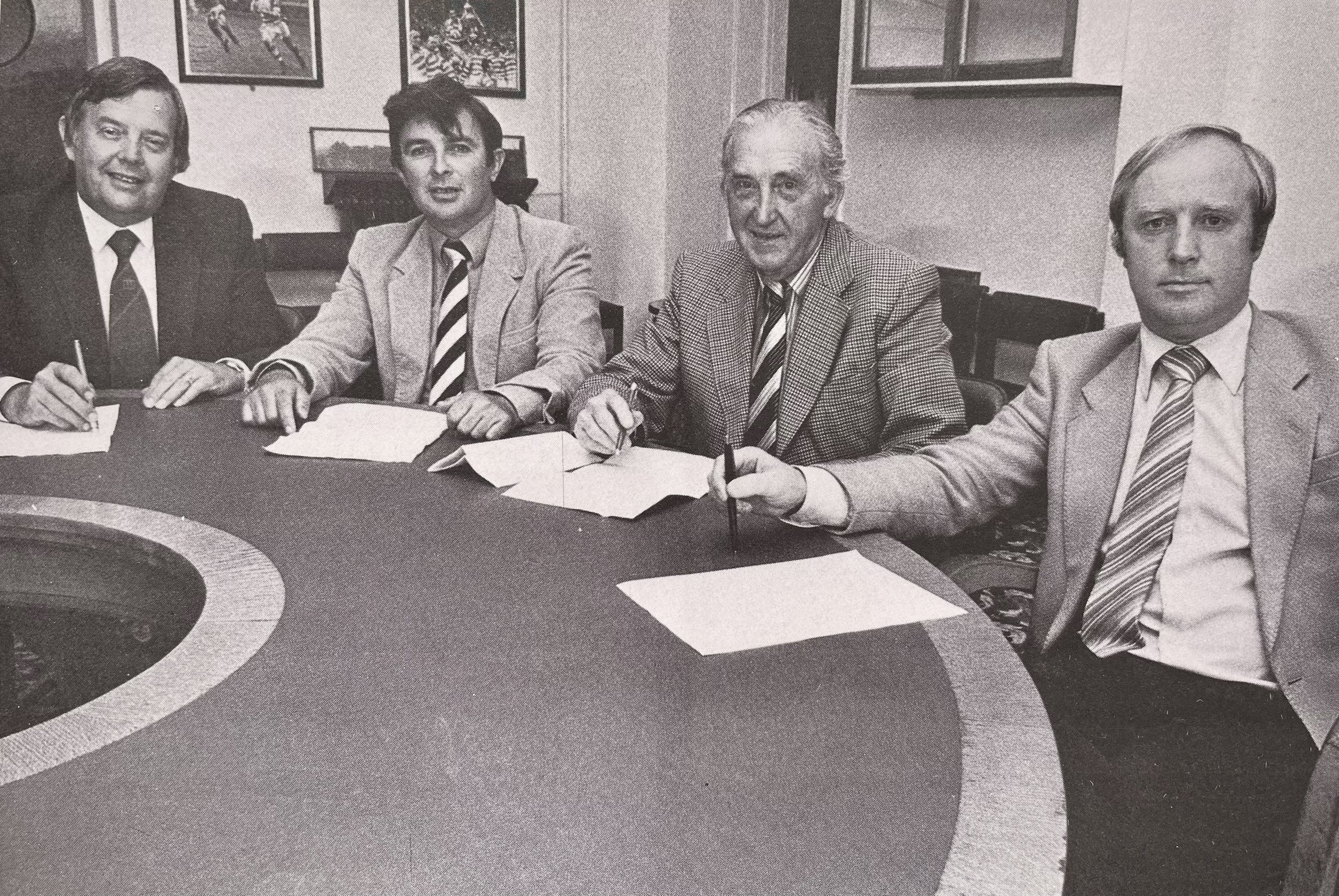On 21 June International Rugby League announced that trans women will not be allowed to play in wonen’s international matches or this year’s Women’s Rugby League World Cup. This is a wrong decision that flies in the face of rugby league’s origins as a game founded on the principle of inclusion and equality. I’ll write something in more detail about this later, but to provide some historical context, here is an edited version of a conference paper I wrote in 2013, ‘Governing Bodies: Sport and the Body in History’ which looks at the reasons for the division between men’s and women’s sports, and why Victorian stereotypes of gender still haunt sport today. Some parts of the paper may sound dated, and more up-to-date examples could be found to illustrate the points, but nevertheless the paper offers a framework to understand the historical roots of current discussions about the rights of trans athletes…
Modern sport emerged in the eighteenth century. Sports such as horse-racing, cricket and boxing were codified, became part of the burgeoning world of commercial entertainment, and governing bodies emerged to organise sports. At this time sport was merely a form of entertainment - indeed, the first rules were introduced as a way to facilitate gambling - and the idea that sport had a moral or educative role to play in society was unknown. Today, I want to focus on the period from the mid-nineteenth century, when the idea that sport was a moral force was born and the sporting body became a site of conflict and contestation, especially when it came to gender.
Muscular Christians privileged the body over the mind. Tom Brown’s Schooldays, the bestselling book that was effectively the handbook of Victorian sporting morality, strongly reflected the Muscular Christian belief in ‘Mens sana in corpore sana’ - ‘a healthy mind in a healthy body’. Once again, historians and sociologists have misinterpreted this key axiom of amateurism simply as the creation of intellectual minds in healthy bodies. But as Bruce Haley pointed out in his much neglected 1978 work The Healthy Body and Victorian Culture, the healthy mind - in the eyes of the Victorians who embraced the amateur ideal - was not an intellectually curious or critical mind but one that was morally pure and healthy, and especially one that was free of femininity and the twin temptations of adolescent sexuality: masturbation and homosexuality.
This is also a key theme of Tom Brown’s Schooldays. In the second half of the book Tom and his best friend East are approached by ‘one of the miserable little pretty white-handed curly-headed boys, petted and pampered by some of the big fellows, who wrote their verses for them, taught them to drink and use bad language, and did all they could to spoil them for everything in this world and the next’. Unprovoked, they trip him and kick him. In a footnote, Hughes explained that ‘many boys will know why [this passage] is left in’, implying that physical violence against boys suspected of being ‘spoiled’ - shorthand for homosexuality - was justified.
This should not surprise us. The book was published in the midst of a moral panic about masturbation and homosexuality among public schoolboys. In 1854 the Lancet published a series by John Laws Milton on ‘spermatorrhea’ who recommended the use of strategically-placed spiked rings to cure the problem of boys’ sexual thoughts. In 1857, the same year as Tom Brown was published, William Acton published The Functions and Disorders of the Reproductive Organs. Acton recommended lots of physical exercise to discourage the practice - or failing that, tying-up the hands of a boy at night to stop it.
So modern sport was based on a rigid differentiation between the pure masculine and the impure feminine, the sexually normative and the transgressive. This link between modern sport and opposition to transgressive sexual practices was highlighted by the activities of leading sporting figures of the nineteenth century. Lord Kinnaird, president of the FA for thirty-three years, was a prominent supporter of the Pure Literature Society, the Central Vigilance Society for the Suppression of Immorality, and the National Vigilance Society (which in 1889 was behind the jailing of an English publisher for publishing 'obscene' works by Zola and Flaubert).
In 1895, in response to the trial of Oscar Wilde, Kinnaird had called for 'something further in the way of repression'. And of course it was the Marquess of Queensberry, one of the founders of the Amateur Athletic Association, race-horse owner and the man after whom the laws of modern boxing are named, who was fatefully sued by Wilde in 1895 for calling him in ‘Somdomite [sic]’.
Contesting the female body
Whereas sport in the eighteenth century had seen participation, albeit limited, by women in boxing, cricket, foot-racing and football, in the hands of the Victorian amateurs sport was a pastime for men. Indeed, it was by its very definition masculine. Games were used to define who was and who was not a true, heterosexual, man. It was part of the socialisation of boys into men, a central feature of the process of ‘making men’. It separated males from girls and effeminacy. And sport also offered its leaders and rule-makers the opportunity to differentiate between the included and the excluded in the realm of gender, a grotesque power that would not be fully exercised until the advent of widespread ‘sex testing’ in the 1960s.
Thus when middle-class women began to be involved in sport in the latter decades of the nineteenth century, they were met with pathological resistance from sport’s male rulers. 'We have no dealings with women here' declared rugby union's Reverend Frank Marshall in the 1880s. Women’s bodies were deemed to be unsuited for physical exercise. Strenuous exertion would damage their reproductive organs. Loose clothing used for sport was immoral. Mixed sports would lead to sexual temptation. Cycling would make them unable to bear children. Competitive sport would make them masculine.
Woman, declared Pierre de Coubertin, ‘is above all the companion of man, the future mother of a family, and she should be brought up with this fixed destiny in mind’. Any woman who challenged this hierarchy was by definition unfeminine (and suspected of being a lesbian). Much of this debate came to centre on the question of dress and the extent to which the female body should be covered, a debate which in different forms, continues today.
As you may assume from Coubertin’s statement women athletes were originally excluded from the Olympics and only took their place in track and field in 1928 after the IOC felt itself to be threatened by the creation of a rival ‘Women’s Olympics’ and opted to assimilate the movement. But it did not diminish its suspicion of women in sport.
The 1936 Berlin Games saw the emergence of gender paranoia, something that would be constant element of Olympic discourse. For the first time a so-called sex test was carried out. American Helen Stephens was subjected to a genital inspection after defeating the 1932 gold medalist Stella Walsh of Poland in the 100 metres final. Ironically, it was Walsh who was discovered to have ambiguous sex organs and both XX and XY chromosomes after she died in 1980. Doubts were also expressed about Germany’s Dora Ratjen, who came fourth in the Olympic high jump.
Shortly after setting a new world record in 1938 Ratjen was arrested by the Nazi police who accused her of being what we would now call a trans-man, an offence punishable by being sent to a concentration camp. She admitted that she was a man, but had been mistakenly identified as a girl at birth, and was raised as and competed as a female. The first call for regular testing was made by Avery Brundage, the president of the U.S. Olympic Committee, arch-reactionary and future IOC president. He cited the examples of Czech runner Zdenka Koubkova and English shot-putter and javelin thrower Mary Weston. Both were raised as girls and competed as women but opted to have sex-change surgery in their twenties. ‘All women athletes entered in the Olympics,’ Brundage argued, ‘should be subjected to a thorough physical examination to make sure they were really 100 per cent female’. The body was now literally a site of contestation.
The body and cold war sport
But gender paranoia really took hold of the IOC with the entry of the Soviet Union and its allies into the Olympic movement at the 1952 Helsinki games. Of the forty Russian women at the Games, eighteen won a total of thirty-seven medals. Similar results followed at subsequent Olympics.
The body was at the heart of the discourse that western nations used to explain how Russian and East European athletes had become so successful. Western beliefs insisted that these were totalitarian societies in which individual talent and initiative was rigorously suppressed. Therefore the only rational explanation could be that Soviet and East European women were cheating. But alongside the usual claims of veiled professionalism and drug-taking, female athletes were also faced with the accusation that their bodies were not those of ‘real’ women.
Soviet women’s success in strength sports such as the shot put or hammer was highlighted as evidence of their underlying masculinity. The muscular physiques of runners were held up as proof of their lack of femininity. As a direct consequence, in the mid-1960s the IOC and International Amateur Athletics Federation introduced compulsory sex-tests for women because, as the Washington Post put it, of ‘some suspicions that in the last one some of the muscular Russian and Polish babes were not quite as feminine as they declared in the Olympic registry’.
The first testing began in 1966 when international athletics introduced compulsory gynaecological inspections for women athletes. Women who refused or avoided the test were assumed to have something to hide, a reversal of the principle of natural justice and a denial of their right not to undergo what 1972 pentathlon gold medalist Mary Peters described as ‘the most crude and degrading experience I have ever known. The doctors proceeded to undertake an examination which, in modern parlance, amounted to a grope’.
In 1968 the IOC introduced a smear test to determine whether a woman had two XX chromosomes. This gave a pseudo-scientific veneer to the process, which was based on the IOC’s belief that ‘hermaphroditism does not exist. One is born a man or a woman and one remains of that sex’. This was scientifically illiterate at best. Like all issues involving human sex and sexuality, reality is both very complicated and infinitely variable.
Women with an unusual genetic or biological make-up who ‘failed’ the test were publicly humiliated and often confronted with evidence of a medical condition of which they were previously unaware. Not a single man posing as a woman was ever unmasked by a sex-test. Nor was any woman discovered who was being transformed into a man through the use of drugs containing testosterone. And, of course, no-one suggested sex tests for male athletes. The male sporting body never had to prove it was male - because playing sport was in itself one of the most important ways in which men demonstrated their masculinity.
The Sporting Body and the New World Order
In the twenty-first century, concerns about the purity of the body were also accompanied by a refreshed concern to police the boundaries between male and female bodies. Although levels of formal gender equality had risen in the latter part of the twentieth century - by 1984 even the IOC had accepted that women’s bodies were perfectly capable of running marathons - the boundaries between masculine and feminine were more strictly policed than ever. In 2004, FIFA barred female Mexico striker Maribel Dominguez from playing for the Mexican men’s second division soccer side Celaya F.C. on the grounds that ‘there must be a clear separation between men’s and women’s football’.
In 2009 the case of Caster Semenya, an eighteen year-old black South African woman middle-distance runner, once more brought the gender-paranoia of sport’s governing bodies to the fore. After she dramatically improved her times, the International Association of Athletics Federations (IAAF) ordered an investigation, suspecting her of using drugs and/or being a man. She was subsequently forced to undergo an ‘examination’ in which ‘her feet were placed in stirrups, her genitals were photographed and her internal organs were examined’. Her body had become the proving ground for the Manichean world-view of sporting administrators.
The IAAF even granted itself the power to determine the most intimate part of human identity: the sex of an individual. Rule 113 of the IAAF Competition Rules gives any IAAF race-day medical official was given this right: ‘the [race] Medical Delegate shall also have the authority to arrange for the determination of the gender of an athlete should he [sic] judge that to be desirable’. The IOC requires transgender athletes to have had sex reassignment surgery at least two years before they compete as women. And despite the fact that similar medical conditions can be also be found in men as well as women, male athletes are not subject to testing.
The predominant concern of sports administrators is policing their own definitions of the male and female body, just as they did in its formative era of Victorian amateurism. Then as now, modern sport is founded on the affirmation of strict gender division, in which the female body is subordinate to the masculine ideal, and those whose bodies did not neatly fit into one category or the other are condemned.
This rigorous division of the male and female body also explains the continuing deep-seated hostility to gay athletes, both male and female, in almost all sports. Of the thousands of male professional football players of all codes around the world, there is only one soccer player - Sweden’s Anton Hysen - who felt comfortable enough to be openly homosexual. Leeds United’s Robbie Rogers felt that he had no option but to retire from the game when he came out in February. In women’s soccer, the 2011 world cup was marked by what the New York Times called ‘lesbian panic’ as Nigeria and Guinea sought to purge players suspected of not being heterosexual. Such a state of affairs marks football in all its forms as probably the most reactionary institution in the world on sexual matters, outside of organised religion. This is still a world in which the body is defined by the ideas espoused in Tom Brown’s Schooldays.
Today, the body remains trapped by sport’s binaries of pure and impure, cleanliness versus corruption, and male versus female, just as it was in the mid-nineteenth century when the ideology of modern sport was first established by the Victorian middle-classes Now, as then, sport is not a method of freeing the body, but a means of governing the body.












